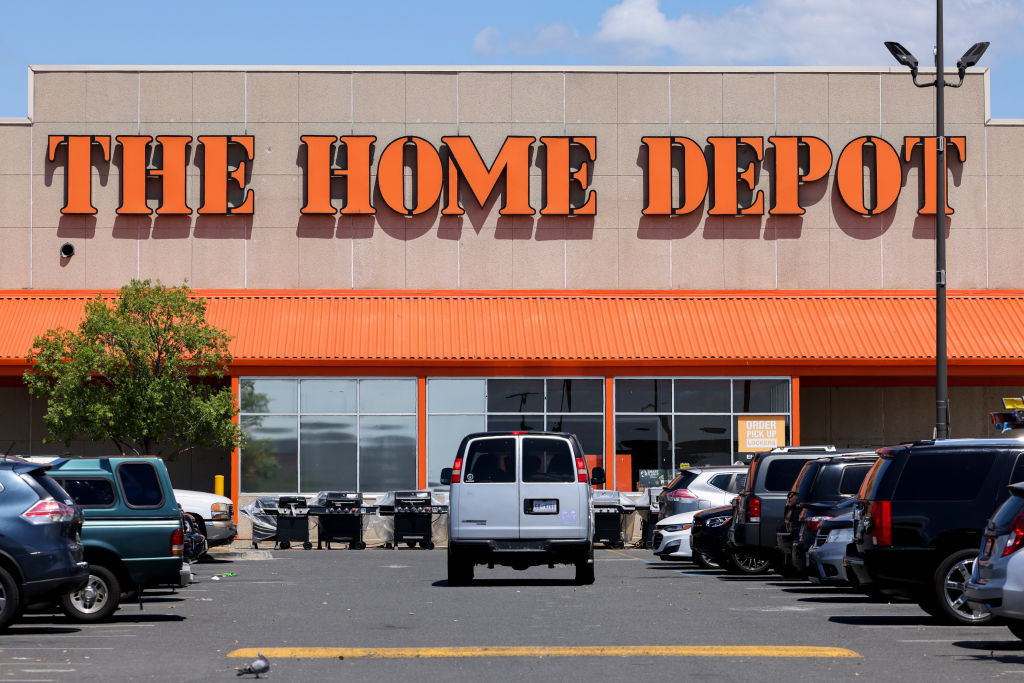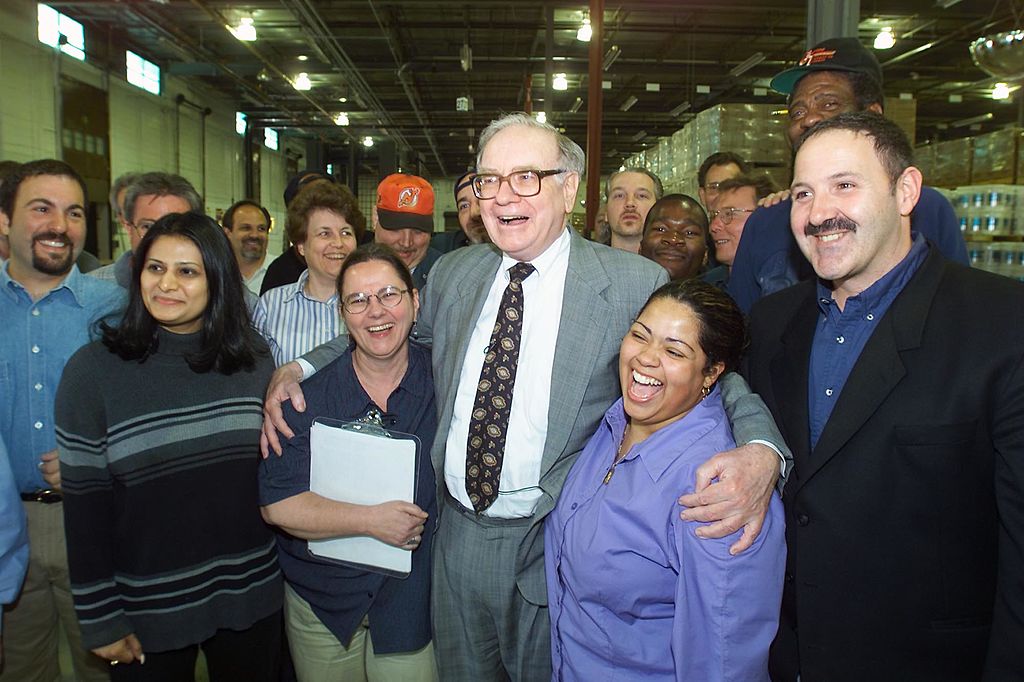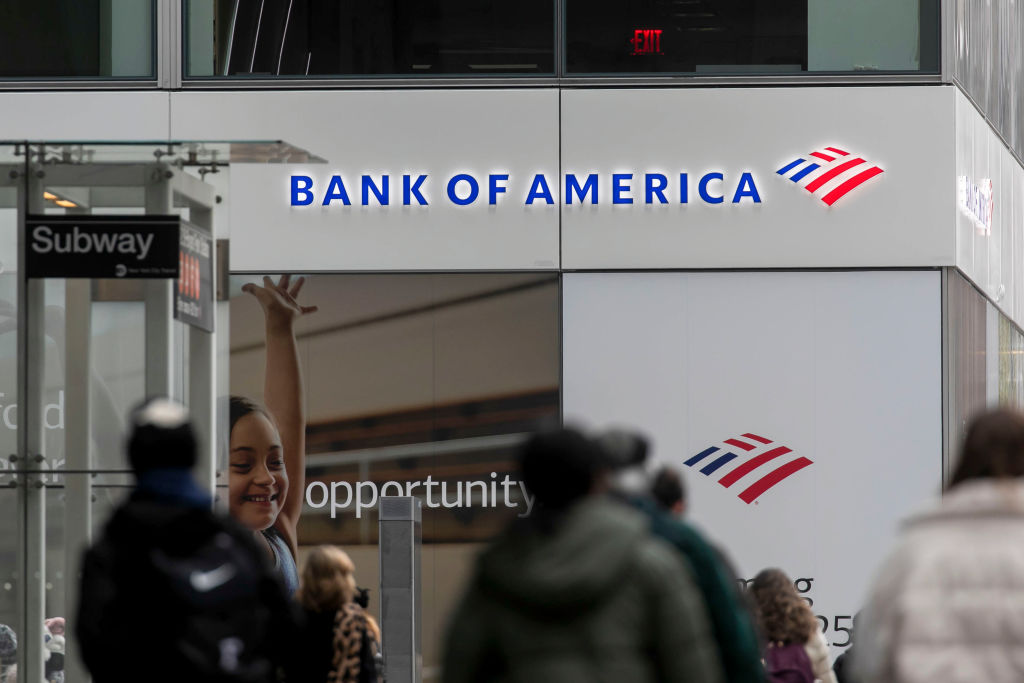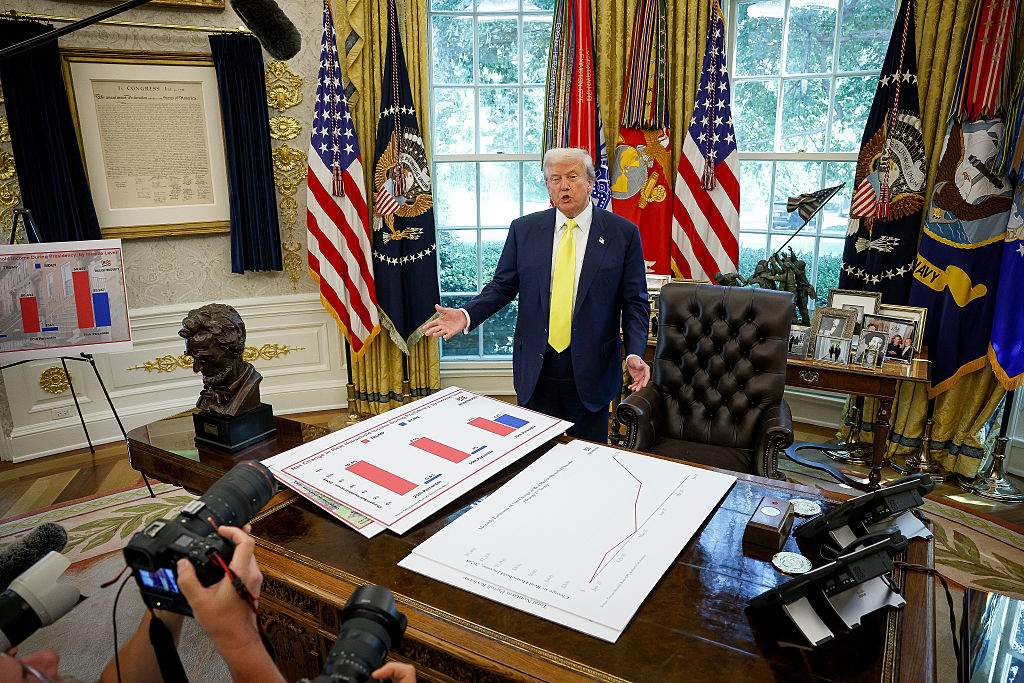Walgreen: On Sale, Cheap
Shares of the nation's largest chain of drug stores have taken an undeserved beating.

The stock market kicked Walgreen in the teeth in September on news that Wal-Mart would sell generic drugs at rock-bottom prices. Was this another instance of a knee-jerk Wall Street overreaction? Looks that way.
It happens often: Shares of a successful company blow up on a negative news report -- before investors take the time to think the story through. It could be a subpoena or a government inquiry into accounting practices, or maybe a jury's decision in a discrimination case. These stories can trigger a sell-off that slashes a company's stock market value by billions of dollars, even if the firm's actual liability stands to be much lower or turns out to be nothing at all if, say, an adverse court decision is overturned on appeal.
The shoot-first-ask-questions-later mentality often results in fabulous buying opportunities. So, it pays to watch the daily and weekly lists of biggest percentage losers. Consider Sherwin-Williams, which plunged from $54 to $37 in March on reports that it lost an opening round in a Rhode Island lawsuit about health problems from lead-based paint. Once it became clear that the company's liabilities would come nowhere near the lost $2.3 billion in market value, the stock rebounded quickly and now stands at $57.
From just $107.88 $24.99 for Kiplinger Personal Finance
Become a smarter, better informed investor. Subscribe from just $107.88 $24.99, plus get up to 4 Special Issues

Sign up for Kiplinger’s Free Newsletters
Profit and prosper with the best of expert advice on investing, taxes, retirement, personal finance and more - straight to your e-mail.
Profit and prosper with the best of expert advice - straight to your e-mail.
Walgreen, the nation's largest chain of drug stores, looks like a similar case. Its shares dropped from $50 to $43 over two days in September after Wal-Mart announced a pilot program to sell some generic drugs for $4. Before you could say Zoloft, trigger-happy traders concluded that mobs of cash-strapped customers would desert traditional pharmacies for Wal-Mart's version of four-buck Chuck. That, in turn, would force Walgreen (symbol WAG) and other drug stores to slash prices, leading to slimmer profits.
Then cooler heads began to look more carefully at the Wal-Mart announcement and its ramifications. They figured out that most working people pay for prescriptions through their insurance plans and that Wal-Mart caters more to the uninsured. They also realized -- call it a Duh! moment -- that for many customers, the convenience of a corner pharmacy trumps the lower prices of far-flung Wal-Mart stores. It turns out, moreover, that all Wal-Mart has done so far is describe an experiment that covers a relatively limited range of generic drugs.
Beyond the Wal-Mart panic, there's little reason for investors to be sour on Walgreen. The Deerfield, Ill.-based chain, with nearly 5,500 stores in 47 states and Puerto Rico, has been generating strong sales and earnings growth. In early October, it reported that same-store sales (retailing lingo for sales at locations open at least one year) rose a solid 8.5% in September and 9.7% for the last full quarter. Although it's not an exact comparison because of the different merchandise mix, Wal-Mart has been straining to boost its same-store sales by even 2%.
Value Line, Merrill Lynch, Lehman Brothers and Standard Poor's are all shouting that Walgreen is a buy at $44 (the shares closed at $44.88 on October 4). The stock trades for 22 times the average analysts' earnings estimate of $1.99 per share for the fiscal year that ends this August. That's below the stock's normal price-earnings ratio and is one reason why the $50-and-up one-year price targets that some analysts have placed on the shares look reasonable.
Profit and prosper with the best of Kiplinger's advice on investing, taxes, retirement, personal finance and much more. Delivered daily. Enter your email in the box and click Sign Me Up.

Kosnett is the editor of Kiplinger Investing for Income and writes the "Cash in Hand" column for Kiplinger Personal Finance. He is an income-investing expert who covers bonds, real estate investment trusts, oil and gas income deals, dividend stocks and anything else that pays interest and dividends. He joined Kiplinger in 1981 after six years in newspapers, including the Baltimore Sun. He is a 1976 journalism graduate from the Medill School at Northwestern University and completed an executive program at the Carnegie-Mellon University business school in 1978.
-
 Stocks Struggle Ahead of November Jobs Report: Stock Market Today
Stocks Struggle Ahead of November Jobs Report: Stock Market TodayOracle and Broadcom continued to fall, while market participants looked ahead to Tuesday's jobs report.
-
 7 Dr. Seuss Quotes Retirees Should Live By
7 Dr. Seuss Quotes Retirees Should Live ByYou're off to great places! Why Dr. Seuss is the retirement guru you didn't know you needed.
-
 Fed's Rate Cuts Could Have Impacts You Might Not Anticipate
Fed's Rate Cuts Could Have Impacts You Might Not AnticipateUnderstanding how lower interest rates could impact your wallet can help you determine the right financial moves to make.
-
 If You'd Put $1,000 Into Coca-Cola Stock 20 Years Ago, Here's What You'd Have Today
If You'd Put $1,000 Into Coca-Cola Stock 20 Years Ago, Here's What You'd Have TodayEven with its reliable dividend growth and generous stock buybacks, Coca-Cola has underperformed the broad market in the long term.
-
 If You Put $1,000 into Qualcomm Stock 20 Years Ago, Here's What You Would Have Today
If You Put $1,000 into Qualcomm Stock 20 Years Ago, Here's What You Would Have TodayQualcomm stock has been a big disappointment for truly long-term investors.
-
 If You'd Put $1,000 Into Home Depot Stock 20 Years Ago, Here's What You'd Have Today
If You'd Put $1,000 Into Home Depot Stock 20 Years Ago, Here's What You'd Have TodayHome Depot stock has been a buy-and-hold banger for truly long-term investors.
-
 What the Rich Know About Investing That You Don't
What the Rich Know About Investing That You Don'tPeople like Warren Buffett become people like Warren Buffett by following basic rules and being disciplined. Here's how to accumulate real wealth.
-
 If You'd Put $1,000 Into Bank of America Stock 20 Years Ago, Here's What You'd Have Today
If You'd Put $1,000 Into Bank of America Stock 20 Years Ago, Here's What You'd Have TodayBank of America stock has been a massive buy-and-hold bust.
-

 If You'd Put $1,000 Into Oracle Stock 20 Years Ago, Here's What You'd Have Today
If You'd Put $1,000 Into Oracle Stock 20 Years Ago, Here's What You'd Have TodayORCL Oracle stock has been an outstanding buy-and-hold bet for decades.
-
 How to Invest for Rising Data Integrity Risk
How to Invest for Rising Data Integrity RiskAmid a broad assault on venerable institutions, President Trump has targeted agencies responsible for data critical to markets. How should investors respond?
-
 If You'd Put $1,000 Into Sherwin-Williams Stock 20 Years Ago, Here's What You'd Have Today
If You'd Put $1,000 Into Sherwin-Williams Stock 20 Years Ago, Here's What You'd Have TodaySherwin-Williams stock has clobbered the broader market by a wide margin for a long time.